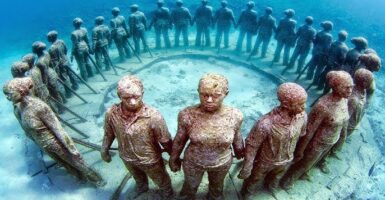20 Famous Figures Who Were Completely Different Behind the Scenes
We see them in history books, on currency, and referenced in countless speeches. Their carefully crafted public images have shaped how we view them for generations. But behind the polished portraits and quoted speeches, many of history’s most famous figures led lives that would surprise their admirers and critics alike.
Let’s peek behind the curtain of history and discover the fascinating contrasts between public perception and private reality. These revelations remind us that even the most legendary figures were ultimately human, complete with quirks, contradictions, and unexpected pastimes.
Gandhi’s Legal Eagle Days
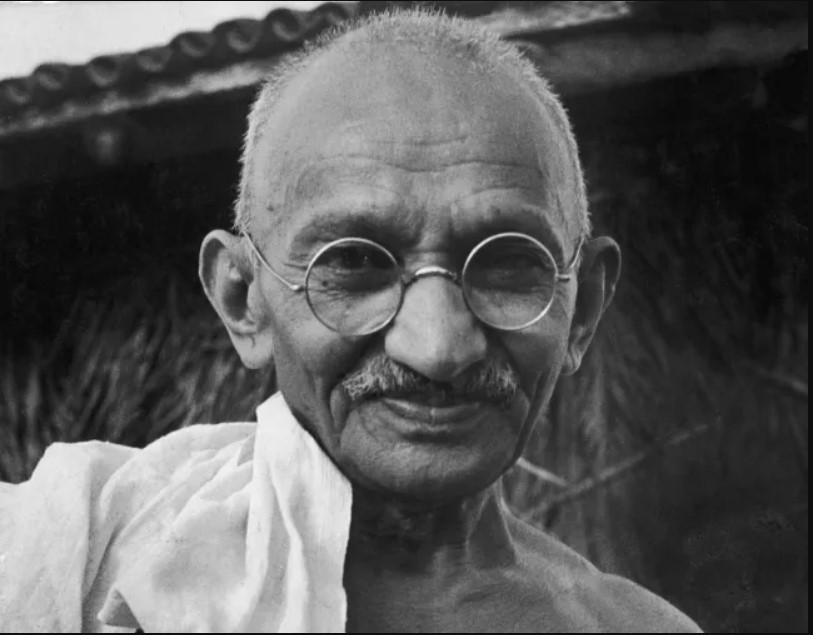
Before becoming the spiritual leader of India’s independence movement, Mahatma Gandhi was a British-trained lawyer who wore proper English suits and struggled with public speaking. His early courtroom anxiety was so severe that during his first case in India, he froze completely and fled the courthouse in embarrassment.
This nervous young attorney would later face down the entire British Empire without flinching.
Churchill’s Artistic Side
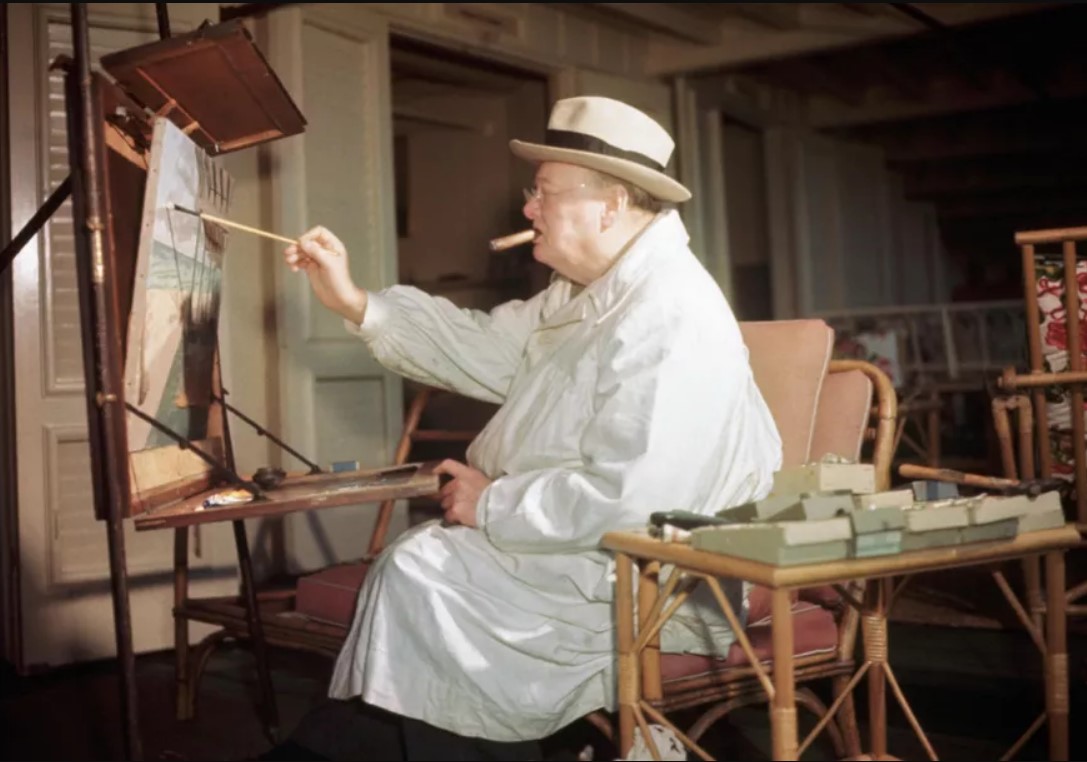
While history remembers Winston Churchill for his unwavering leadership during World War II, few know that he was an accomplished painter who created over 500 canvases. Between writing rousing speeches and making world-changing decisions, he would escape into the world of color and composition, often setting up his easel in exotic locations during his travels.
The man who helped defeat Hitler also fretted about getting his light and shadows just right.
Like Go2Tutors’s content? Follow us on MSN.
Marie Antoinette’s Simple Tastes
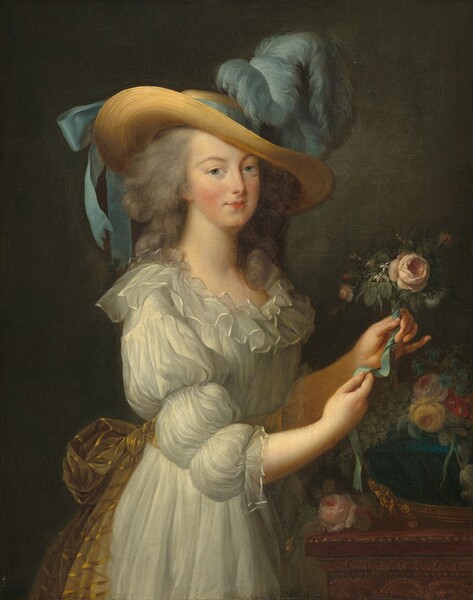
Despite being portrayed as the height of royal excess, Marie Antoinette preferred simple pleasures when away from court life. She maintained a small rustic retreat where she would dress as a peasant, tend to gardens, and make her butter.
The queen famous for supposedly saying, “Let them eat cake,” loved nothing more than escaping the formality of Versailles for pastoral simplicity.
Mark Twain’s Tech Obsession
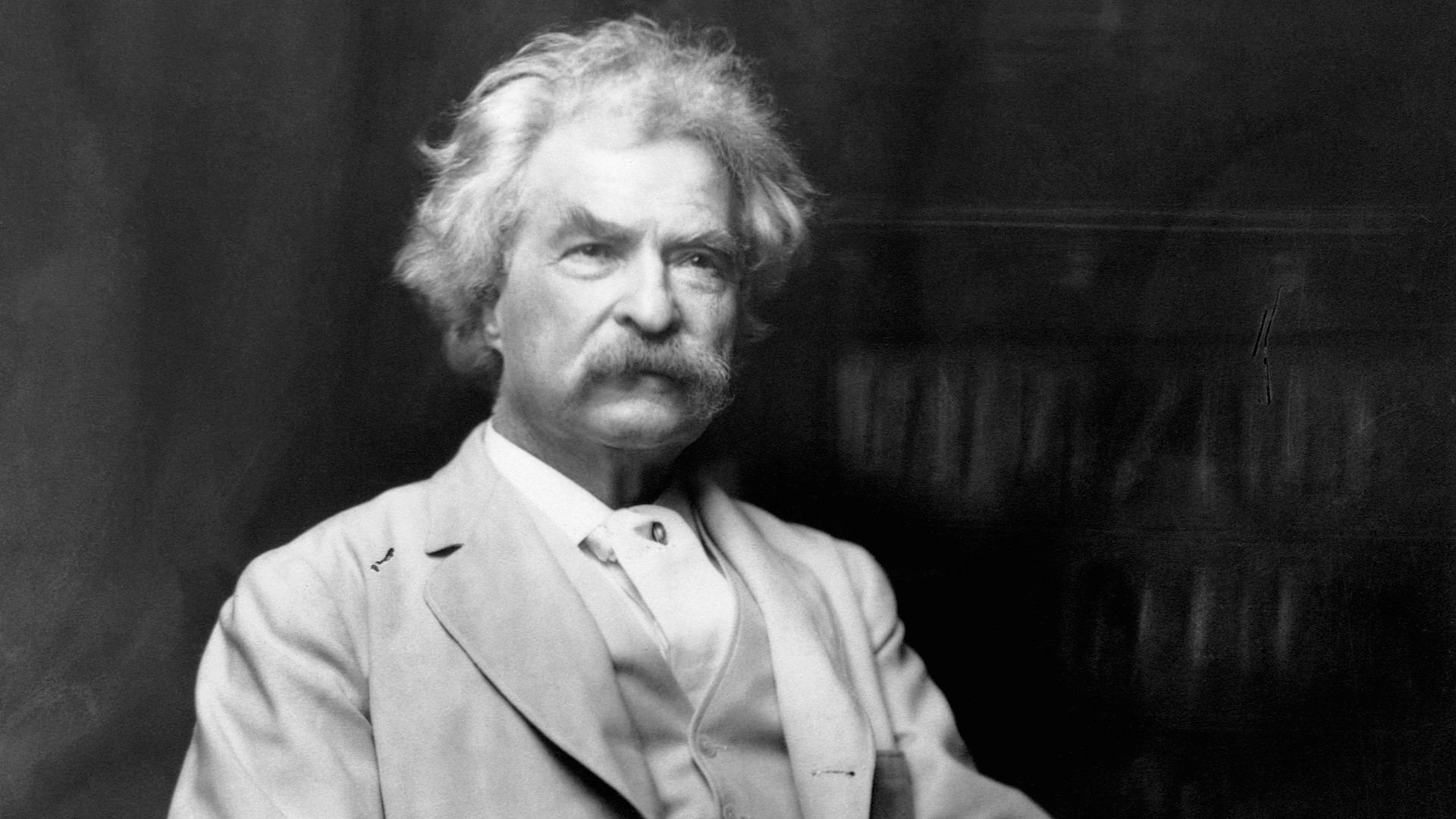
The author who created timeless tales of river life was a technology fanatic who spent much of his fortune investing in cutting-edge inventions. From typewriters to early telephones, Twain embraced every new gadget he could find.
He was also one of the first authors to submit a typewritten manuscript to a publisher. The man celebrated for capturing America’s pastoral past was racing toward the future.
Queen Victoria’s Wild Side
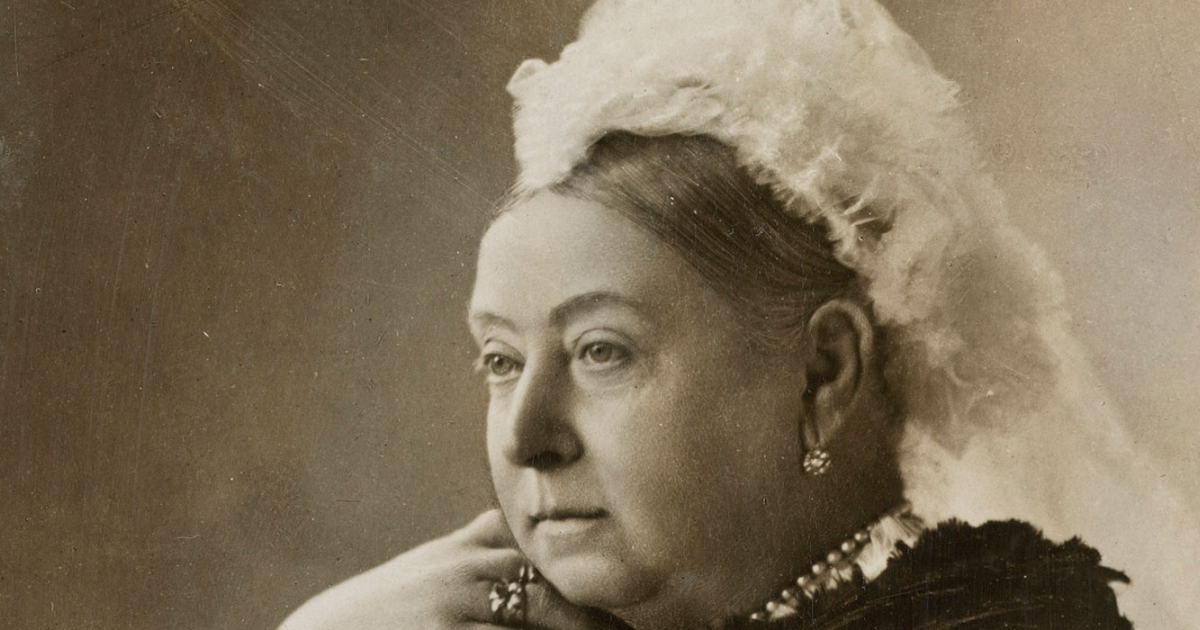
The stern-faced monarch, whose name became synonymous with propriety, had a surprisingly passionate private life. After her beloved Albert’s death, she developed an intensely close relationship with her Scottish servant, John Brown, scandalizing the court.
The queen, who insisted on strict morality in public, showed a markedly different character in her detailed personal diaries, which revealed a woman of strong emotions and attachments.
Like Go2Tutors’s content? Follow us on MSN.
Einstein’s Musical Escape
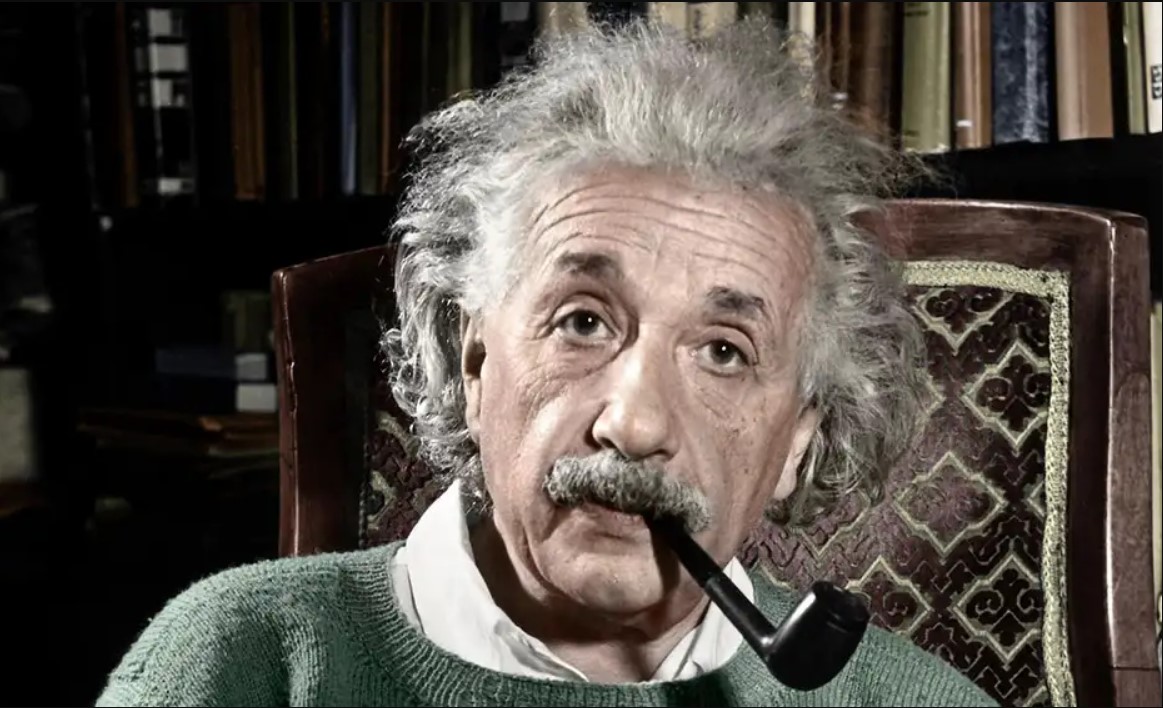
While we picture Albert Einstein pondering the cosmos, he spent many evenings playing Mozart on his violin. He would often say that had he not been a physicist, he would have been a musician.
When stuck on particularly difficult problems, he would play the violin until the solution came to him. The great scientific mind found many of his breakthrough ideas not on a chalkboard but while making music.
Florence Nightingale’s Night Owl
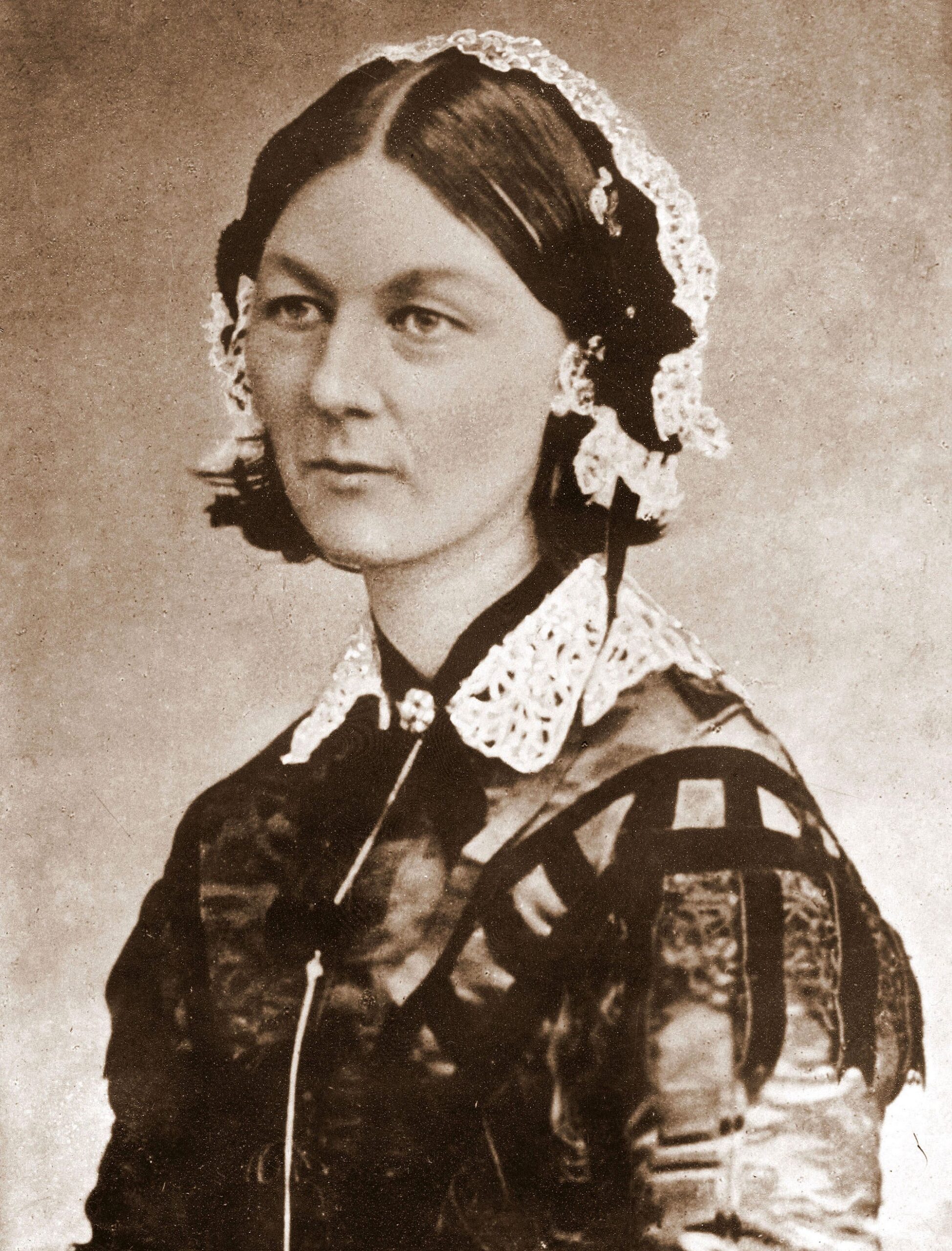
The “Lady with the Lamp,” who revolutionized nursing, was a chronic insomniac who did much of her most important work in the middle of the night. While her public image was one of angelic care, she was known privately for being a fierce statistician who would work until dawn, creating detailed reports and graphs.
Her sleepless nights helped create modern nursing, even as they took a toll on her health.
Theodore Roosevelt’s Tender Side
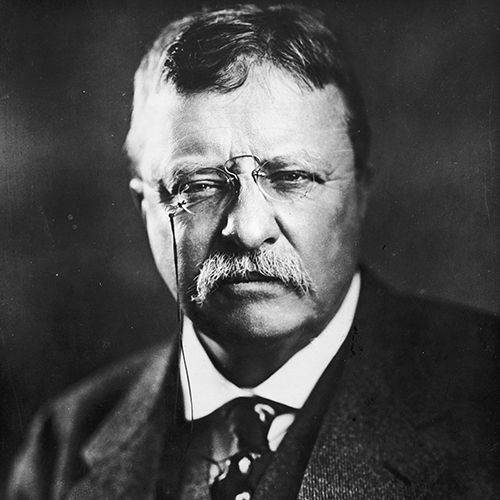
The rough-riding president, known for his masculine persona, was also a devoted father who would get down on all fours to play “bear” with his children in the White House. This champion of the strenuous life would stop everything to have tea parties with his daughter or engage in pillow fights.
The man who charged up San Juan Hill also wrote tender letters to his children, signing them “Your loving father-bear.”
Like Go2Tutors’s content? Follow us on MSN.
Frida Kahlo’s Hidden Pain
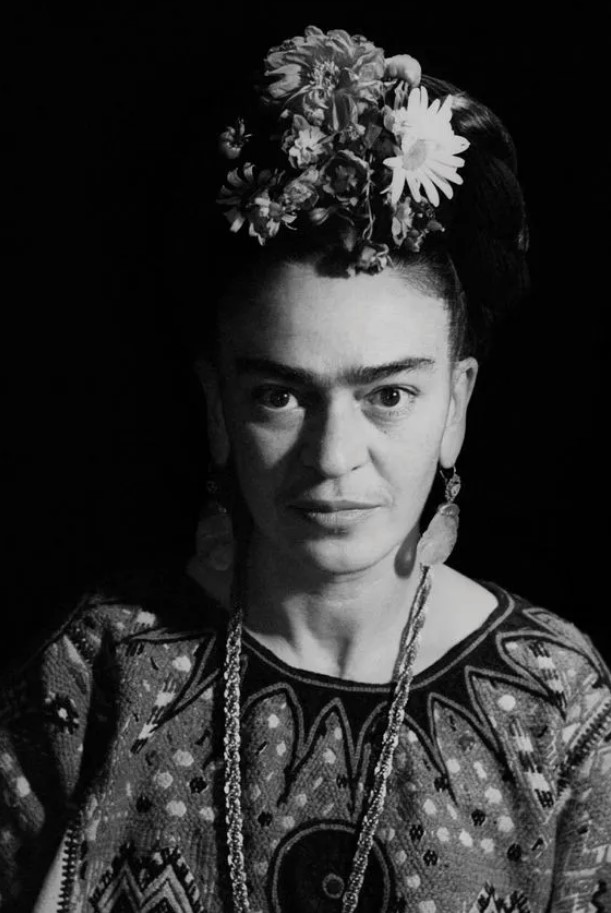
While her art and images project strength and defiance, Kahlo spent much of her life in excruciating pain, often painting while confined to her bed. Her famous colorful clothing was chosen specifically to hide medical corsets and prosthetics.
The artist who created such vibrant celebrations of life did so while battling constant physical challenges that few of her admirers knew about.
Benjamin Franklin’s Secret Society
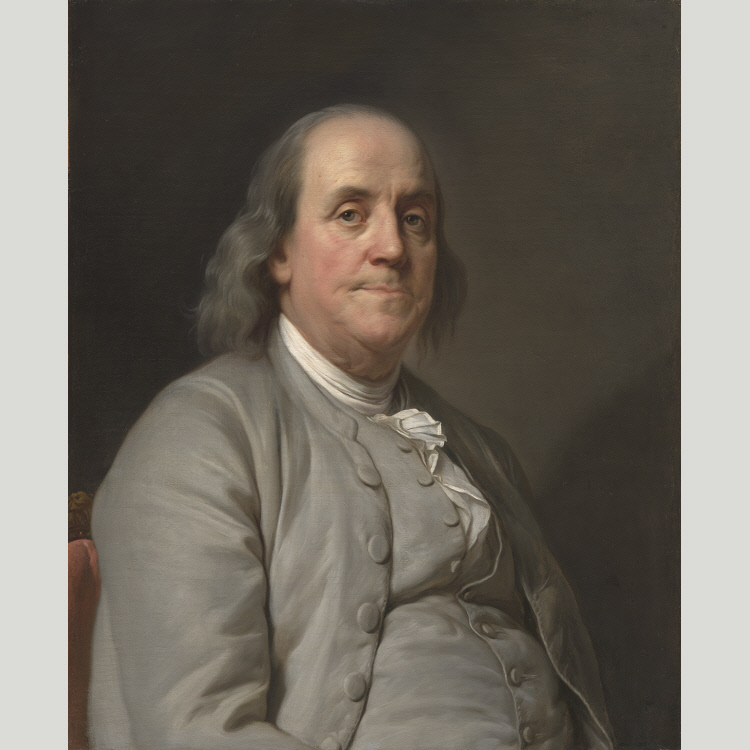
The founding father, known for practical wisdom and scientific pursuits, was also a member of a secret club that mixed philosophy with partying. His Junto Club meetings combined intellectual discussion with wine and song, showing a side of Franklin far removed from his public image of sensible sobriety.
The man who wrote “early to bed, early to rise” often stayed up late debating and socializing.
George Washington’s Dancing Passion
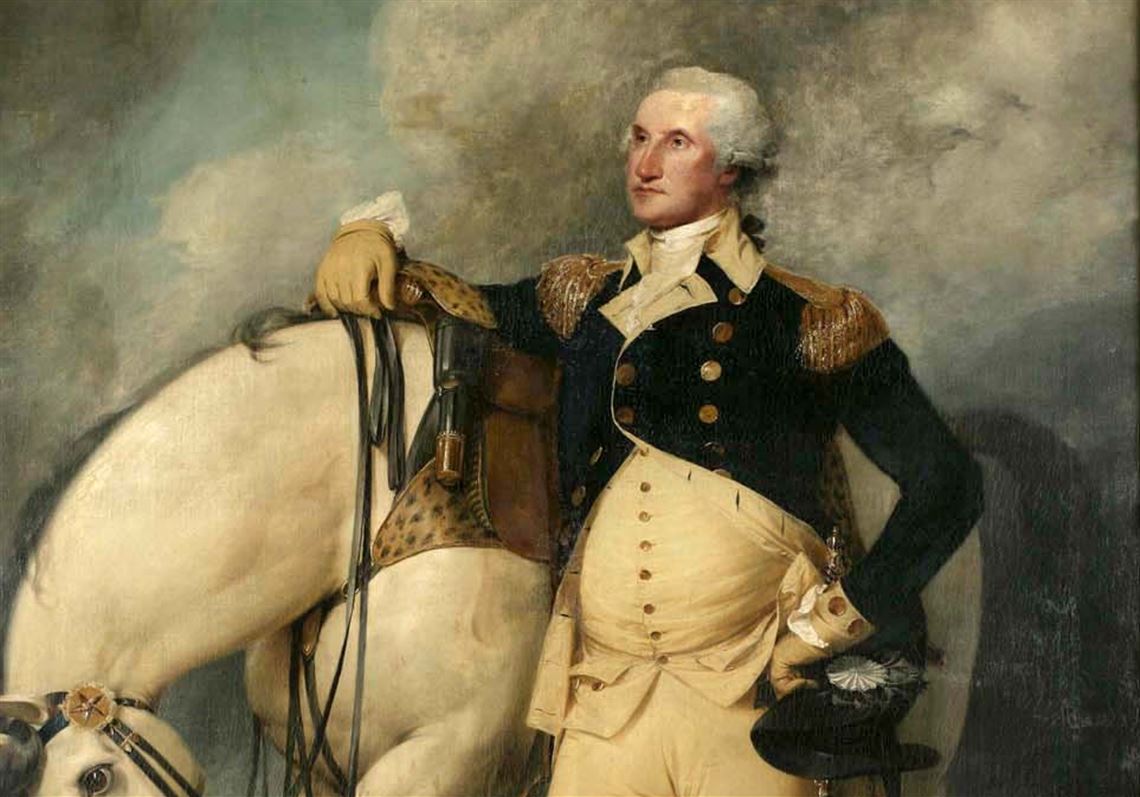
Before leading armies and serving as president, Washington was known as one of Virginia’s best dancers. He would often practice new steps for hours, treating dance with the same dedication he later brought to military strategy.
The stern-faced figure from the dollar bill was quite light on his feet and loved nothing more than a good party.
Like Go2Tutors’s content? Follow us on MSN.
Catherine the Great’s Comedy Writer
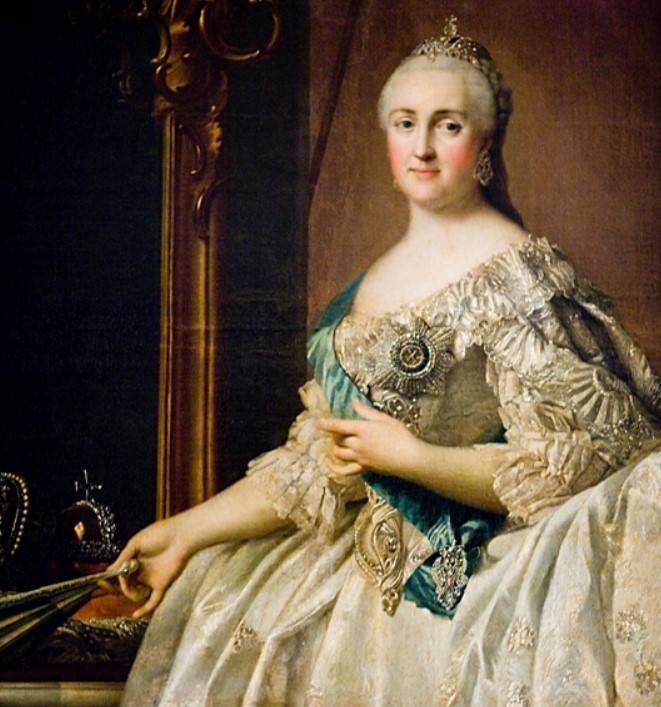
The powerful Russian empress who expanded an empire also wrote comedic plays and bawdy stories that would have shocked her subjects. She would often stage her anonymous works at court, delighting in hearing nobles praise her plays without knowing she wrote them.
The imposing monarch had a secret life as a comedy writer with a particularly sharp wit.
Charles Dickens’s Mesmerist Phase
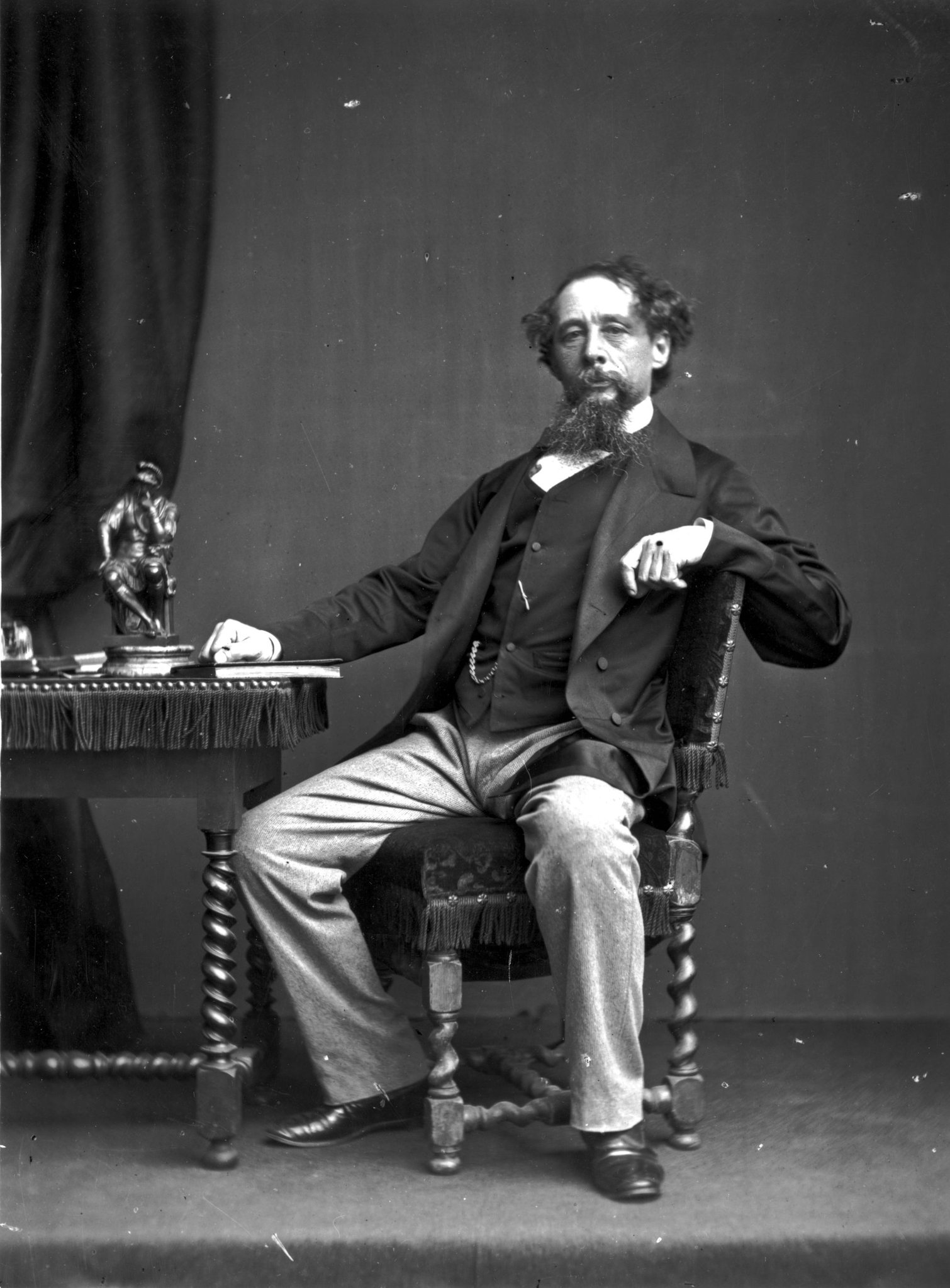
The celebrated author was fascinated by mesmerism (an early form of hypnosis) and regularly practiced it on family and friends. He believed he had special powers and would attempt to cure people’s ailments through hypnotic trances.
The writer, famous for exposing social ills, also spent considerable time waving his hands over people in attempts at magnetic healing.
Emily Dickinson’s Garden Obsession
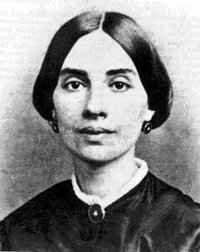
While known for being reclusive and writing about death, Dickinson was an avid gardener who would send friends flowers along with her poems. She maintained extensive gardens and was particularly proud of her skills with plants.
The poet, who rarely left her house, spent countless hours tending to her flowers, finding life and inspiration in her garden.
Like Go2Tutors’s content? Follow us on MSN.
Abraham Lincoln’s Wrestling Career

Before preserving the Union, Lincoln was known as a talented wrestler who rarely lost a match. He was inducted into the Wrestling Hall of Fame and was known for trash-talking his opponents.
The dignified president from the history books was once a lanky young man who challenged people to wrestling matches in frontier Illinois.
Cleopatra’s Scientific Mind
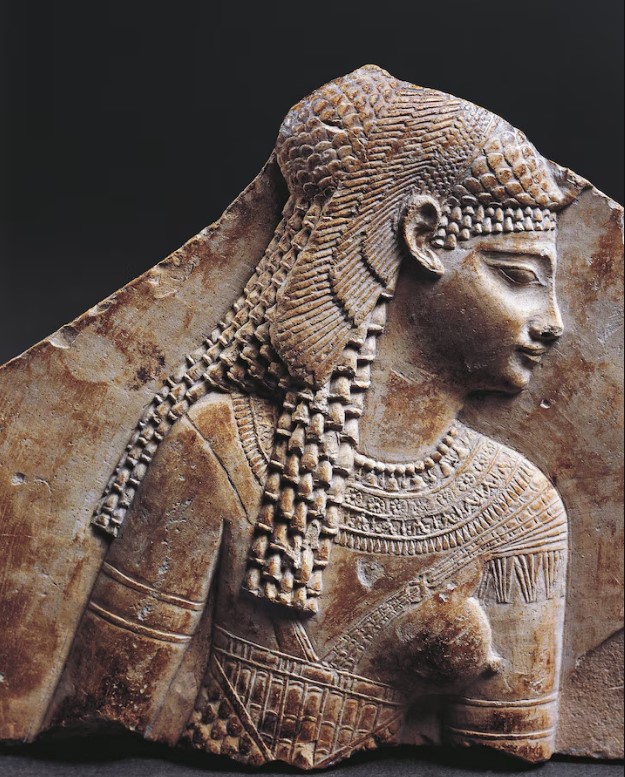
Rather than the seductress of legend, Cleopatra was a scholarly ruler who conducted medical experiments and wrote books on pharmacy. She maintained one of the ancient world’s great libraries and supported scientific research.
The queen, famous for romantic intrigue, was a serious intellectual who spoke nine languages.
Leonardo da Vinci’s Procrastination Problem
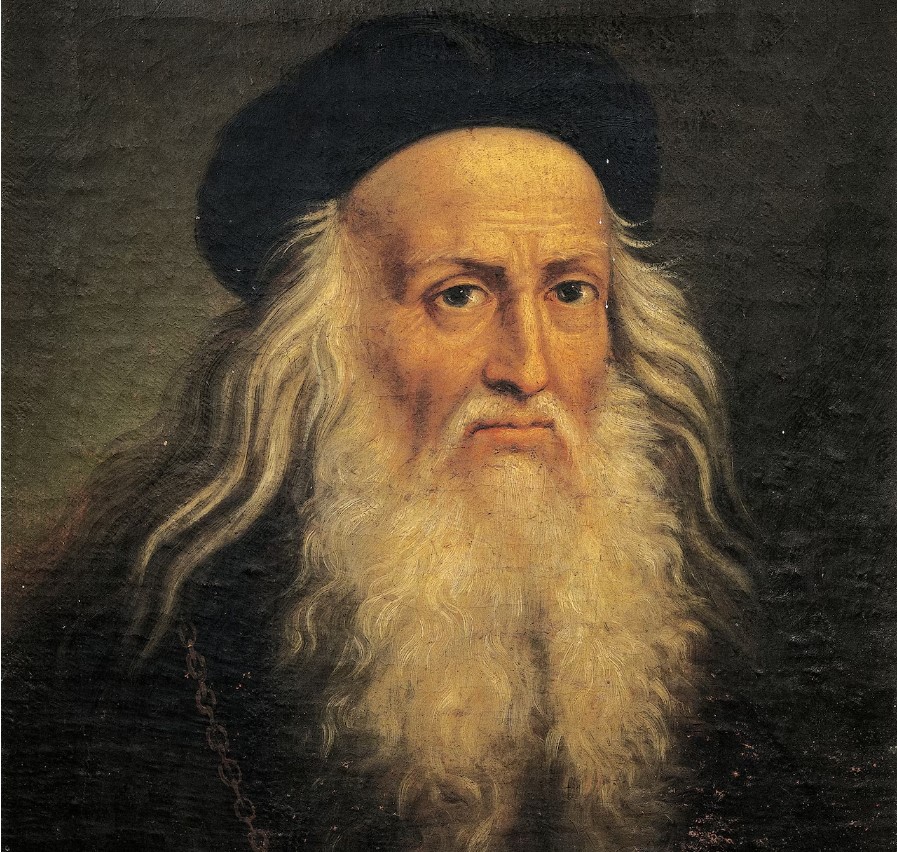
The Renaissance genius was notorious for leaving works unfinished, often abandoning projects after getting distracted by new interests. The Mona Lisa took 16 years to complete because he kept putting it aside for other pursuits.
The man celebrated for his brilliant achievements was a chronic procrastinator who drove his patrons to despair.
Like Go2Tutors’s content? Follow us on MSN.
Mozart’s Silly Side

While his music was the height of sophistication, Mozart had a fondness for silly jokes and wrote letters full of playful nonsense and crude humor. He would often interrupt serious musical discussions to make cat noises or break into spontaneous dance.
The composer of some of humanity’s most refined music was, in private, something of a goofball.
Jane Austen’s Business Sense
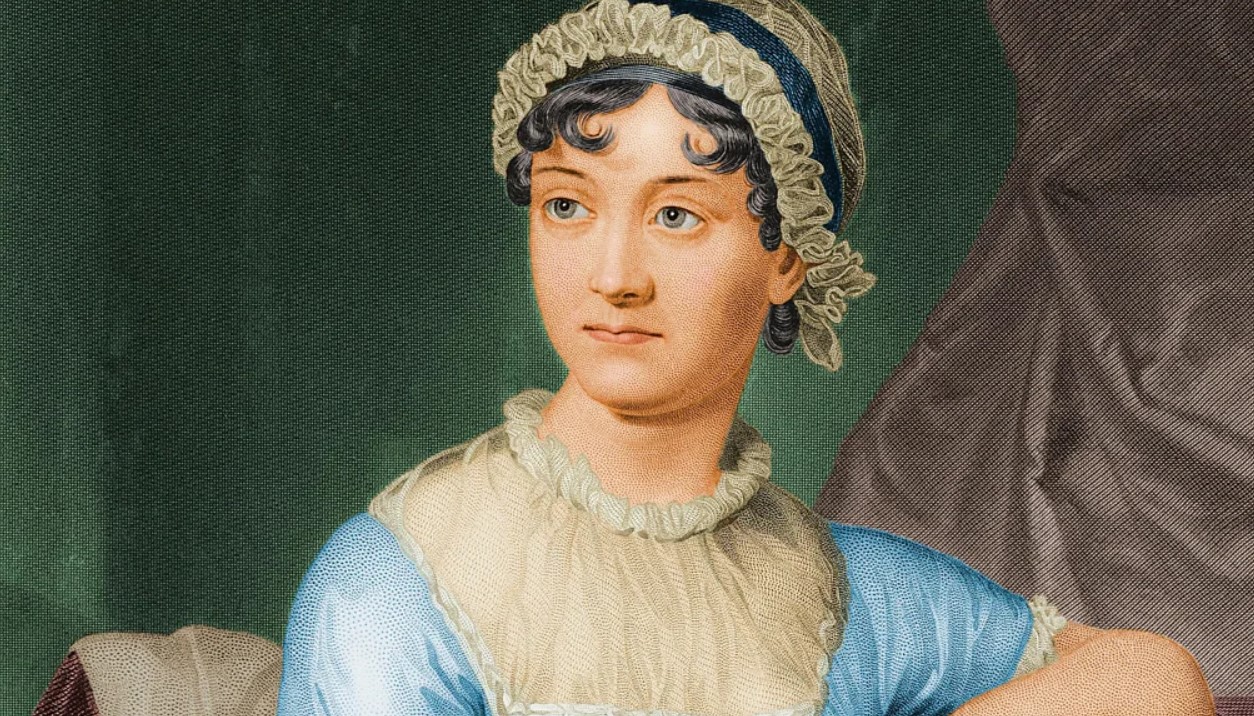
The author celebrated for romantic stories was also a shrewd businesswoman who carefully negotiated her contracts and kept detailed accounts of her earnings. She was deeply involved in the business side of publishing at a time when many considered it improper for women to discuss money.
The writer who portrayed idealistic love also had a practical mind for figures.
Nikola Tesla’s Bird Obsession
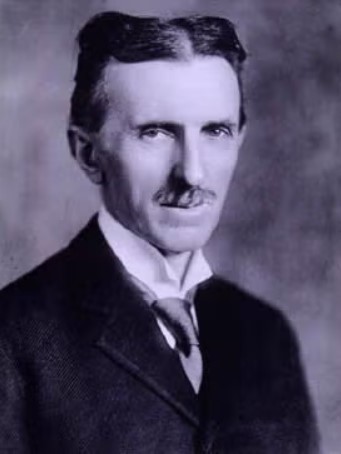
The brilliant inventor who lit up the modern world had an unusual private life that included a deep emotional attachment to pigeons. He would care for injured birds in his hotel room and claimed to be in love with a particular white pigeon that visited him regularly.
The man who harnessed electricity spent his later years more interested in feeding pigeons than developing new inventions.
Beyond the History Books
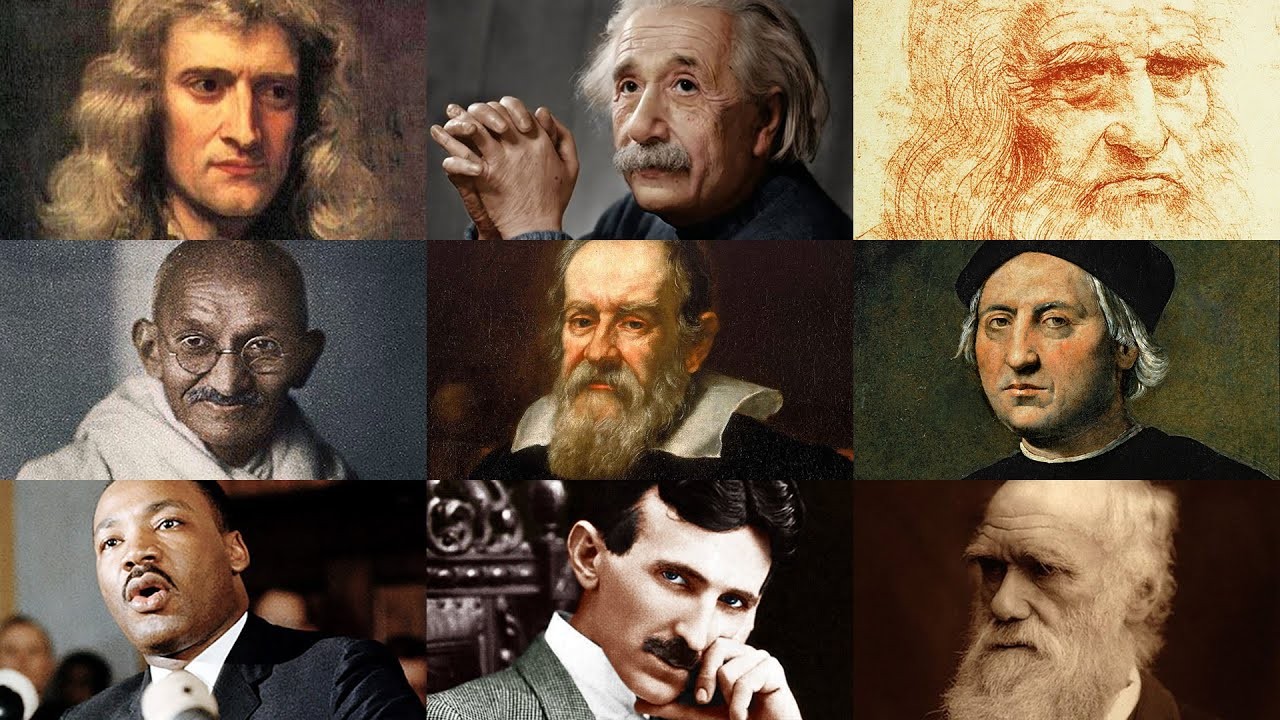
These glimpses behind the historical curtain remind us that great figures of the past were as complex and contradictory as anyone today. Their private passions, quirks, and hidden talents make them more relatable and, in many ways, more remarkable.
Understanding these contrasts doesn’t diminish their achievements; instead, it shows how extraordinarily human our heroes have always been. Next time you see a stern portrait or read a famous quote, remember that behind every historical icon was a real person who might have been practicing dance steps, painting landscapes, or feeding pigeons when they were not busy changing the world.
More from Go2Tutors!

- Famous Battles: How Much Do You Really Know About U.S. History?
- Top 5 Most Important Skills, According To Harvard Business School
- How Well Do You Know 90s Pop Culture? Take the Quiz
- Master the Art of Public Speaking with These Expert Tips
- Think You Know Capitals? Put Your Knowledge to the Test
Like Go2Tutors’s content? Follow us on MSN.



